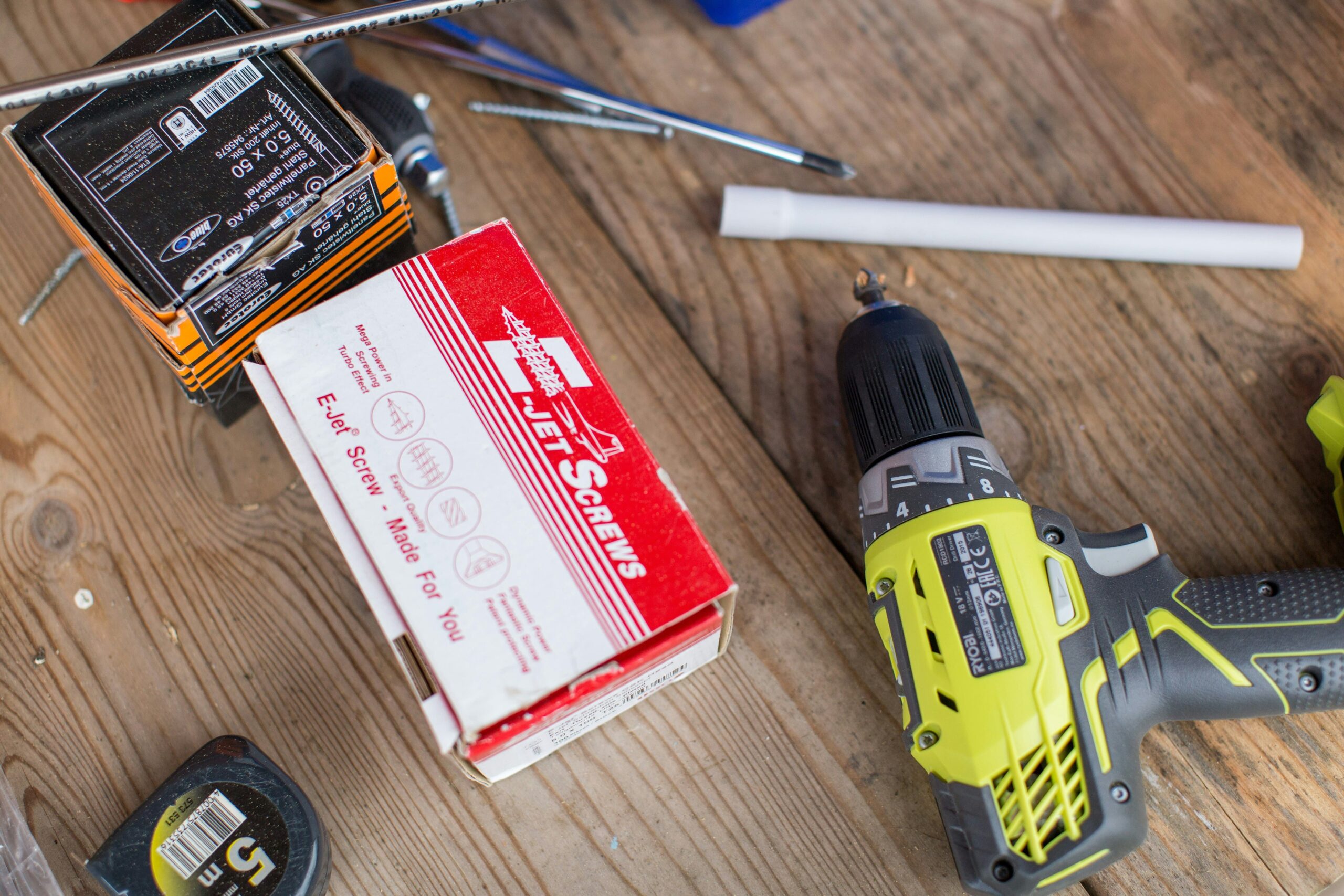
Thinking about turning your home into a rental? Here’s what to consider
Thinking about turning your home into an investment property? Smart move. It could be a tidy little side hustle (but it’s not as simple as chucking it on a real estate website and hoping for the best).
There’s tax stuff, insurance stuff, legal stuff… and yeah, a few “wait, no one told me that” moments in between.
That’s why we’ve pulled together this guide. If you’ve been Googling how to turn your home into a rental, consider this your shortcut to the good info. The must-dos. The need-to-knows. The “you’ll thank us later” tips.
So, before you hand over the keys and start raking in the rent, let’s make sure you’ve got all your ducks in a row (and no rogue tenants in the kitchen).
Firstly, check if it makes sense financially
Before you make the leap from homeowner to landlord, it’s worth crunching the numbers. The goal is to make sure your rental property isn’t costing you more than it’s making.
Start by checking out what similar homes in your area are renting for. Be realistic here (your emotional attachment doesn’t bump up the weekly rent).
Then stack that against the running costs: mortgage repayments, rates, insurance, property management, maintenance, and the occasional unexpected tradie visit (because of course the hot water system waits until the day your tenants move in).
If the rent outweighs the costs, that’s positive gearing — and that’s the dream. If not, it might still be worth it thanks to something called negative gearing. We’ve compared both in our blog, How Does Negative Gearing Work? — it’s a quick, helpful read if you’re weighing up the pros and cons.
Understand the tax implications (and perks!)
Turning your home into a rental comes with a few handy tax perks, but it also means stepping into landlord territory, where the ATO starts paying closer attention.
Rental income is taxable
Once your property starts earning rent, that income has to be declared at tax time. But the silver lining? You can usually claim tax deductions for things like mortgage interest, council rates, maintenance, depreciation, and landlord insurance. It’s one of the financial upsides of becoming a landlord.
The six-year rule
If your home was your main residence and you move out to rent it, you might be able to treat it as your main residence for up to six years. This could help you avoid paying Capital Gains Tax (CGT) when it comes time to sell — but only if you sell within that timeframe. Timing matters, so it’s worth speaking to a professional.
Get a property valuation
Before listing your home for rent, arrange a formal valuation. This figure becomes your starting point for calculating capital gains in future, so it’s a key step in protecting your back pocket.
Prep your home to be rental-ready
Now comes the fun part. Getting your place ready for someone else to live in. Renters don’t expect perfection, but they do expect working taps and doors that shut properly.
Start with the basics
Fix the stuff that’s broken, annoying or borderline embarrassing. Leaky taps, squeaky doors, cracked tiles. Knock over that to-do list before it turns into a repair request.
Make sure it’s safe and compliant
You’ll need working smoke alarms, secure locks and everything up to legal standards. WA rental laws are clear on what’s required, so make sure your place ticks the boxes. Now’s also the time to sort landlord insurance if you haven’t already.
Give it a spruce-up

A fresh coat of paint, deep clean and a few thoughtful touches can make your home more appealing to renters. Better presentation often means better rent and better tenants.
If you’re not sure where to start, have a chat with us. We’ve got trusted tradies, cleaners, and the whole lot to help you get your place sorted. From basic touch-ups to full rental property management in Perth, we’re here to make the switch from homeowner to landlord as smooth as it should be.
Know your legal obligations as a landlord
Renting out your home comes with a set of legal responsibilities. These aren’t optional — they’re required under WA tenancy laws, and not meeting them can lead to serious issues down the track.
Here are the key requirements you’ll need to be across:
- A valid lease agreement that outlines the terms and conditions of the tenancy
- Proper bond lodgement with the WA Bond Administrator
- Accurate rent records and receipts provided to the tenant on request
- Routine inspections conducted with appropriate notice, as per legislation
- Smoke alarms and RCDs that meet current safety compliance standards
- Adherence to WA’s Residential Tenancies Act, which covers your rights and obligations as a landlord
It’s a lot to stay on top of, but that’s where we come in. We’ll make sure everything’s in place and up to code, so you can rent your property with confidence.
Decide how you’ll manage it
Once your property’s ready to rent, the next step is deciding who’s going to manage it — you, or a professional?
Self-managing means you’ll be handling everything yourself: advertising, tenant screening, rent collection, maintenance, inspections, and compliance. It can work well if you’ve got the time, the knowledge, and the patience.
Using a property manager means handing that list over to someone who does it every day. We take care of the admin, stay across tenancy law, and make sure everything runs smoothly for both you and your tenant.
Not sure which way to go? We break down the pros and cons in our blog Should I Self-Manage My Rental Property? — it’s a helpful guide if you’re weighing up the options.
Take the stress out of renting your home
Renting out your home can be a great move (only when it’s done properly).
If you’re thinking about making the switch, we can help. Our property management in Perth covers everything from getting your home rental-ready to full ongoing management. No guesswork, no gaps — just the right support where you need it.
Get in touch for a quick chat and we’ll help you figure out what needs to happen next.
Related Articles

Preventive maintenance checklist for property management

Should you sell before you buy a house? Here’s the pros and cons


